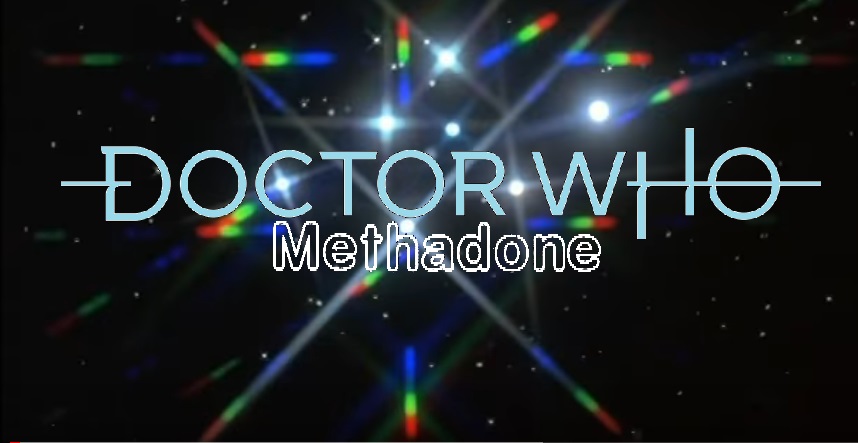In a very bold move for the 50th anniversary year, the main action takes place on Trenzalore, a world revealed to be the last resting place of the Doctor. Death is a major theme in this episode - of the regulars and semi-regulars, it is only Madam Vastra who has not died and been resurrected. Indeed, the River Song we see is the Data Ghost from the library. Moffat is confident enough to allude to the Doctor’s travels finally coming to an end and, as usual, his inventiveness suffuses the entire script, from the conference call on the astral plane, to the true nature of what is within a Time Lord’s grave. Instead of the body, we have a swirling vortex of light that is a gateway to every moment of the Doctor's life. There have been intimations of the Doctor erasing himself from history and, it turns out, this is for a good reason – if one has the information, one can find the path the Doctor takes from birth to death and, as we find out, the Great Intelligence is information. Richard E Grant is back in fine fettle as an enemy thwarted, but determined to utterly destroy his enemy in death, for the Doctor will now die at every point in his existence – unless someone can save him. The true nature of the Impossible Girl has finally been unveiled and, as many suspected, Clara has been Scarothed throughout the Doctor’s existence. Although I still believe that the season could have been improved considerably by fleshing out Clara’s character a bit more, Jenna-Louise Coleman has been a delight throughout and it is testament to her skill that her sacrifice is as poignant as it is – however it would have worked far better had the audience been as emotionally invested in her as they had with Rose or Amy.
Saul Metzstein again puts in great work behind the camera and there is inspired work from the production team, from the Great Intelligence tearing off Dr Simeon's face to the sepulchral vistas of Trenzalore. Perhaps the Whisper Men could have been a bit more different to the Trickster from The Sarah Jane Adventures, but this is a small nitpick. Metzstein makes sure that the story is full of scenes and images that will stick in our minds and this is key to the success of the story.
The title of the story suggests that we are going to get to know something huge about the Doctor's past and, indeed, the story begins with the first ever scene in Doctor Who set before "An Unearthly Child", followed by re-jigged footage of the first seven Doctors interacting with Clara. As for the current incarnation, our leading man has never been better – in tears as he girds his loins to go to Trenzalore, being hoodwinked into playing blind-man's buff by Angie and Artie whilst they sneak off to the cinema and showing the deep love he has for River, a love which is perhaps not best expressed when the other party is a mental projection that only he can see. The title of the story is one that makes the audience think they want a sound or a collection of letters or symbols. However, this would ultimately be as inconsequential as the words Giovanni Battista Fidanza or Phillip Pirrip – we would still call them Nostromo and Pip and that is what they would always be. The Doctor may not be the name he was born with, but it is who he is and it is what he does – except once. There have been eleven Doctors, but the body which the Eleventh Doctor inhabits is his twelfth. Once, the Doctor did something so horrific that his subsequent avatars denied that incarnation the right to call himself 'Doctor' - and this is what the Doctor and Clara find at the centre of the path of the Doctor's life. Even before he turns around, one of the most recognisable voices in the world indicates that one of the finest actors in the world will play a character that redefines what we know about our hero. We will find out more in November, but what we are left with is an almost unbearably heady, yet utterly intoxicating brew that will be talked about for years.
